Discover the timeless elegance of the Shirasaya Katana, a perfect fusion of simplicity and craftsmanship. Our Shirasaya Katana collection showcases the pure beauty of the blade, encased in a minimalist wooden scabbard that highlights its exquisite form. Ideal for collectors and martial arts enthusiasts, these katanas offer a unique blend of tradition and artistry. Each Shirasaya Katana is meticulously crafted to ensure superior quality and sharpness, making it a must-have addition to any samurai sword collection. Embrace the serene sophistication of the Shirasaya Katana and bring home a piece of authentic Japanese heritage today.
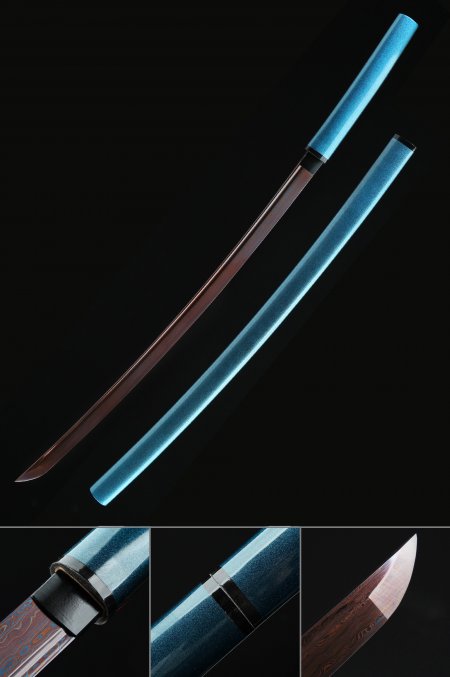
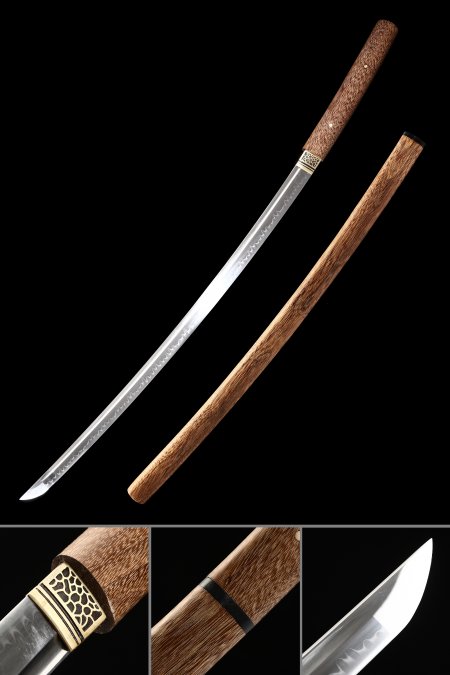
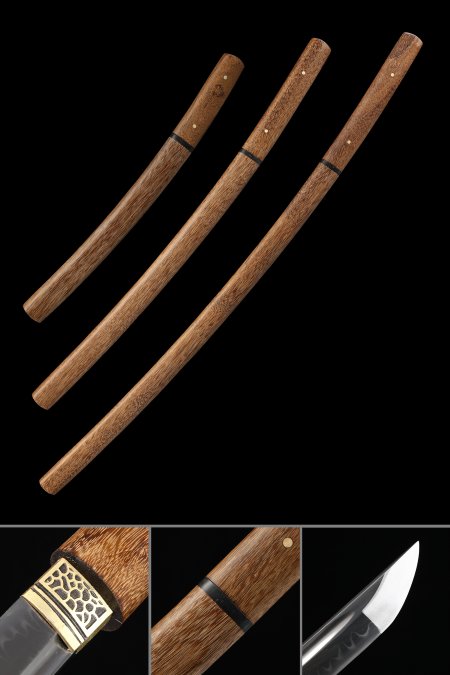
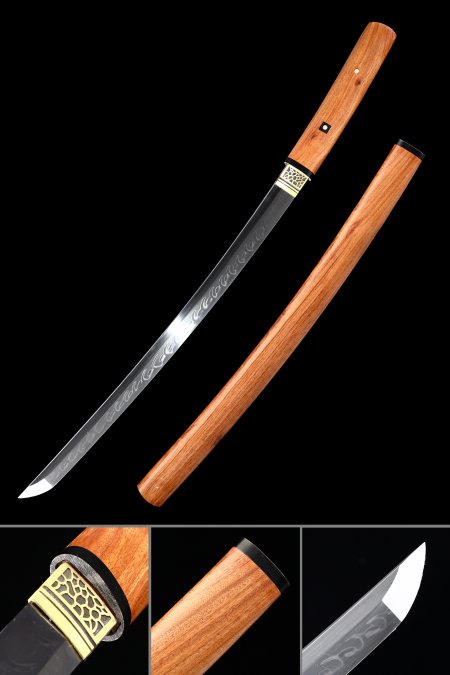
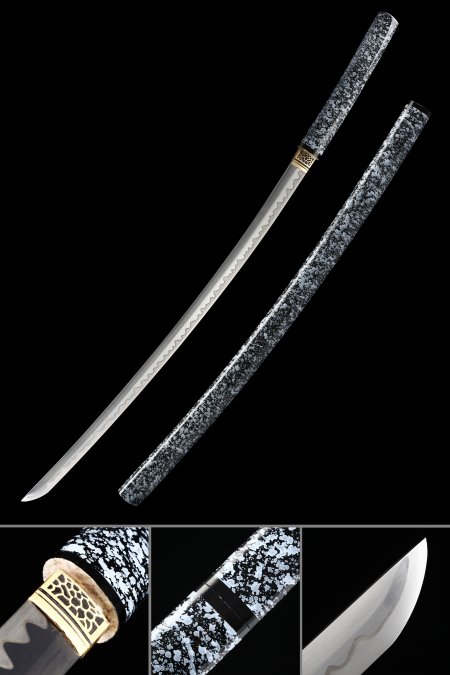
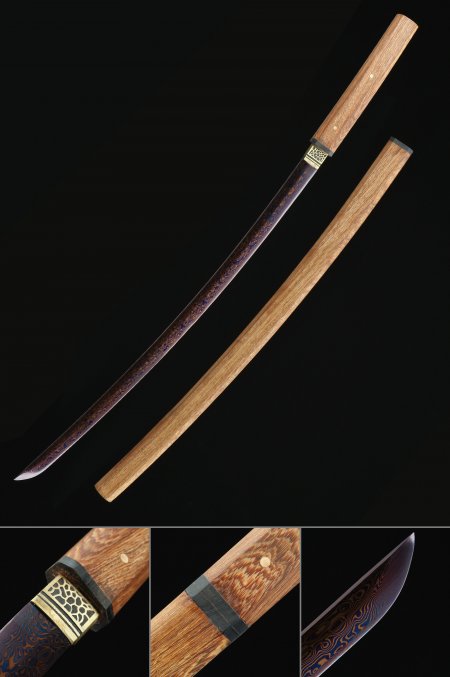
Nice sword.good quality. I have plans to buy more in the future
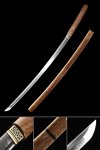 |
Handmade Japanese Shirasaya Katana Sword T10 Carbon Steel Real Hamon Without Tsuba |
Exceptional customer service. There was a minor issue with my order and they went above and beyond to make it right for me. Absolutely rock solid. Oh and the sword is superb on every level.
 |
Handmade Japanese Shirasaya Katana Sword T10 Carbon Steel Real Hamon Without Tsuba |
I was a little skeptical about the quality of the sword. Upon opening the package I could feel the balance of the sword before I unsheathed it. Once unsheathed I was told that impressed l, it felt like an instrument of battle.
 |
Handmade Japanese Shirasaya Katana Sword T10 Carbon Steel Real Hamon Without Tsuba |
Took 6 days for my katana to arrive. Very happy with the fast shipping and packaging. My first ever sword, very grateful for this purchase won’t be my last buy.
 |
Handmade Japanese Shirasaya Katana Sword T10 Carbon Steel Real Hamon Without Tsuba |
I’m very happy with the quality of this, very beautiful and strong example.
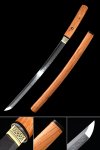 |
Handmade Japanese Shirasaya Katana Sword Damascus Steel Without Tsuba |
Sehr zufrieden für den Preis!r
Schärfe(wenn man das so nennen kann) reicht mir nicht, werde ich nacharbeiten! r
Alles in allem schönes Stück...
 |
Handmade Japanese Shirasaya Katana Sword T10 Carbon Steel Real Hamon Without Tsuba |
This is indeed a beautiful piece of art, but the blade size is significantly smaller than I had anticipated. Nevertheless, I’m still very pleased with it!
 |
Handmade Japanese Shirasaya Katana Sword T10 Carbon Steel Real Hamon Without Tsuba |
It wasn't as attractive as it pictured online, and I had to get my husband to remove the blade from the sheath because there was some kind of plastic wrap inside the sheath which made it almost impossible to open. Not particularly pleased with this overall.
 |
Handmade Japanese Shirasaya Katana Sword T10 Carbon Steel Real Hamon Without Tsuba |
The sword is a great addition to the start of my collection.
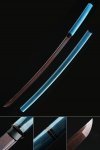 |
Handmade Shirasaya Katana Damascus Steel With Red Blade Without Tsuba |
I Love It The Handling Is Great And It Looks Awesome. r
Will Definitely Be Ordering Again
 |
Handmade Shirasaya Katana Damascus Steel With Red Blade Without Tsuba |
The swords are beautifully designed, crafted with attention to detail, and combine form with function. Shipping was very quick (9 days), and packed appropriately for distance and handling. The Hamon of the blades reflect the years of art and service to the legacy of the warrior. I am impressed.
 |
Real Hamon Japanese Daisho Set Shirasaya Katana, Wakizashi And Tanto Sword Without Tsuba 3 Set |
Blade is nice, but not very sharp. The sheath part (forgot what it’s called) is poor quality, and it leaves chips of wood on the blade when pulling it out
 |
Handmade Shirasaya Katana Damascus Steel With Red Blade Without Tsuba |
Very impressed. Sharp blades, fine craftsmanship and your efficiency from placing the order to delivery was impeccable. Arrived earlier than estimated. I look forward to doing future business with you
 |
Real Hamon Japanese Daisho Set Shirasaya Katana, Wakizashi And Tanto Sword Without Tsuba 3 Set |
Absolutely love it. The color is outstanding, just what I thought it would be a loved the blade. Everything is perfect on it. Couldn't ask for a better sword. Thank you so much
 |
Handmade Shirasaya Katana Damascus Steel With Red Blade Without Tsuba |
Good sword, not high level but very cool decorating item
 |
Handmade Shirasaya Katana Damascus Steel With Red Blade Without Tsuba |
The Japanese Daisho Set appears to be very nice aesthetically. Will make a nice display set.
 |
Real Hamon Japanese Daisho Set Shirasaya Katana, Wakizashi And Tanto Sword Without Tsuba 3 Set |
Light in my hands, easy to grip and handle, love the material of the blade 👌
 |
Handmade Shirasaya Katana Damascus Steel With Red Blade Without Tsuba |
Good service got my sword fast and well crafted swords
 |
Handmade Japanese Shirasaya Katana Sword T10 Carbon Steel Real Hamon Without Tsuba |
Good quality, good design I recommend these katanas 100% and the shipment process is very very fast. 5 stars earned.
 |
Handmade Japanese Shirasaya Katana Sword T10 Carbon Steel Real Hamon Without Tsuba |
Fang lives here.. temporarily
I made short video
https://youtu.be/uIu6IK1KrM0?feature=shared
Big fan
Snake Eyes
 |
Handmade Shirasaya Katana Damascus Steel With Red Blade Without Tsuba |